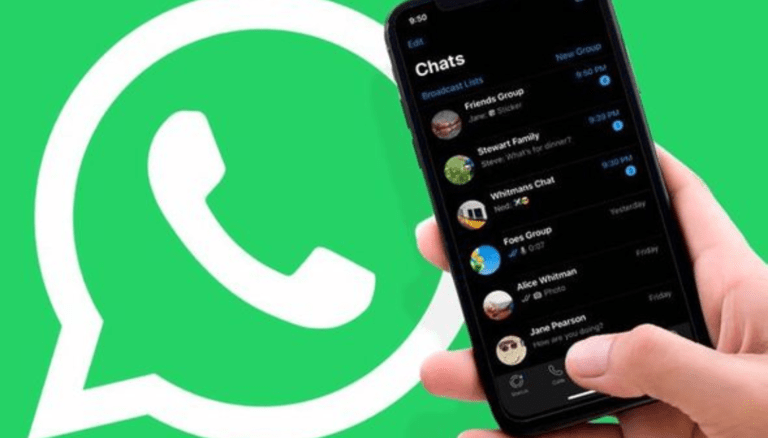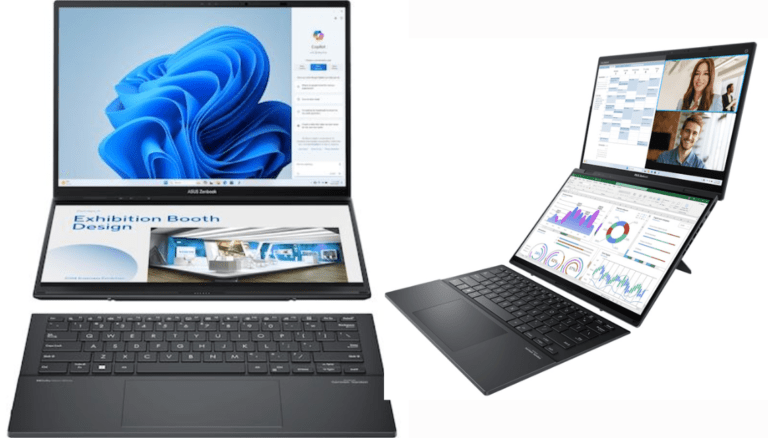In the first quarter of this year, Snapchat witnessed a surge in daily active users, reaching a milestone of 422 million, marking a 10% increase compared to the previous year. Snap Inc., the parent company of Snapchat, reported a 21% growth in revenue, amounting to $1.195 billion, attributed to enhancements in its advertising platform and heightened demand for its direct-response advertising solutions.
Moreover, Snap highlighted the expansion of its revenue streams, with Snapchat+ garnering over 9 million subscribers in Q1. The company also observed a significant rise in global content consumption, particularly in time spent on Spotlight and Creator Stories, with a remarkable 125% increase in time spent watching Spotlight content year-over-year.
To enrich content engagement, Snap outlined three key strategies: refining machine-learning models for improved content ranking and personalization, fostering the growth and diversity of its creator community, and enhancing content features to foster stronger connections across the platform.











